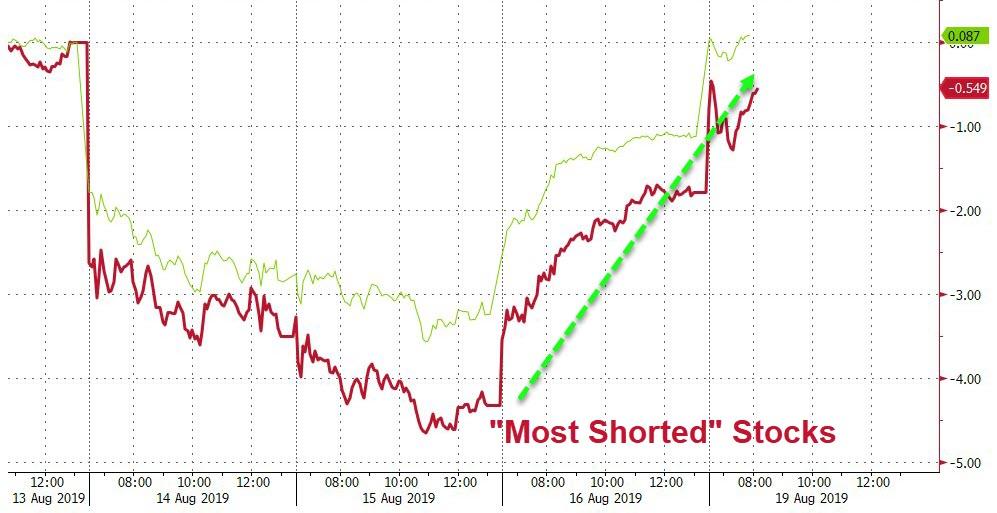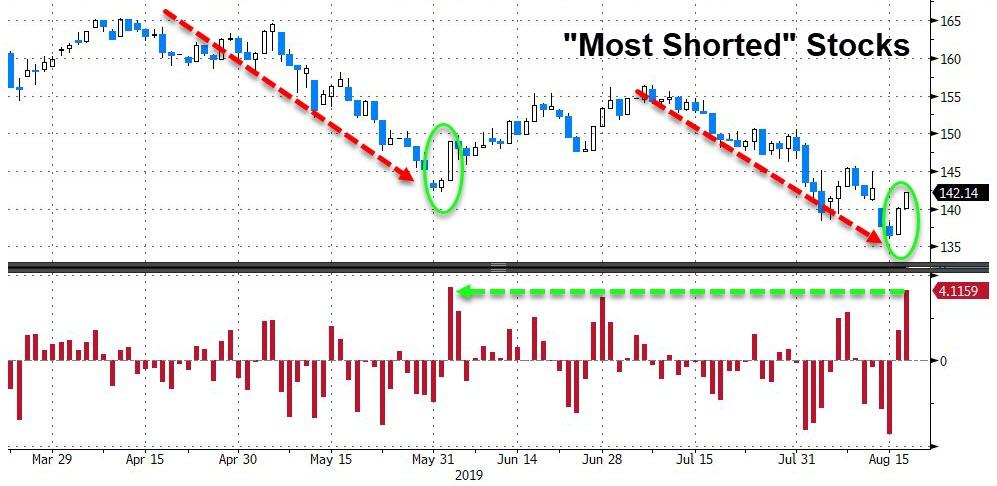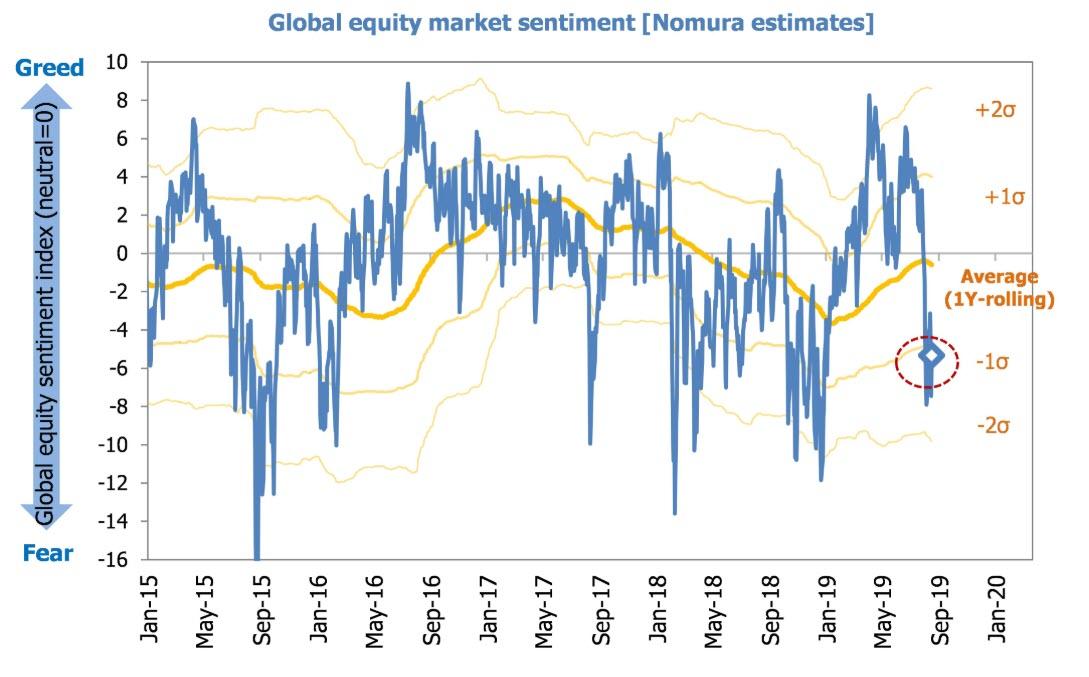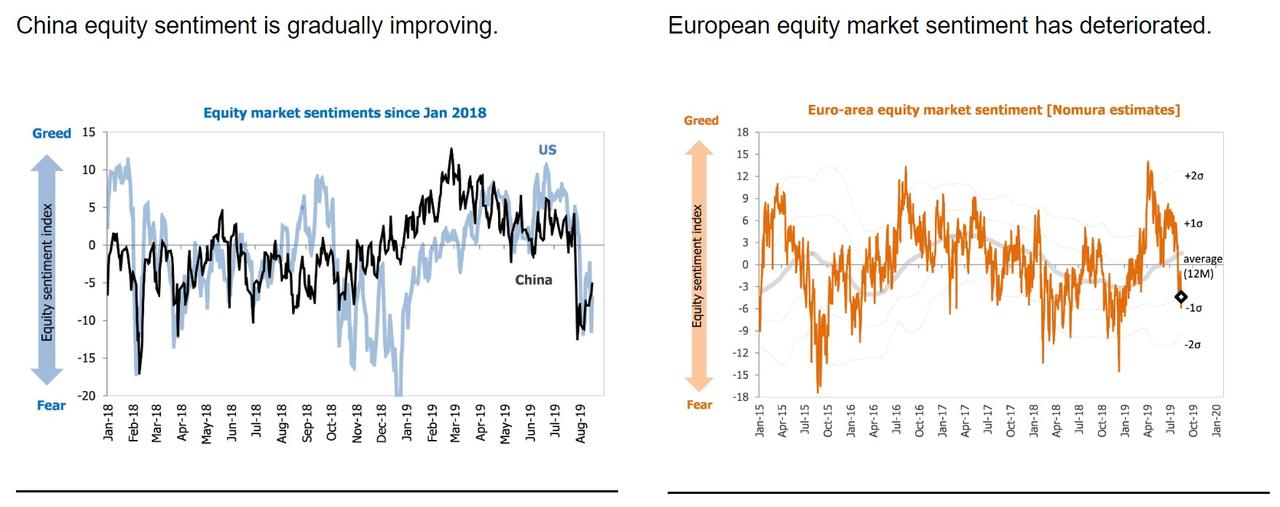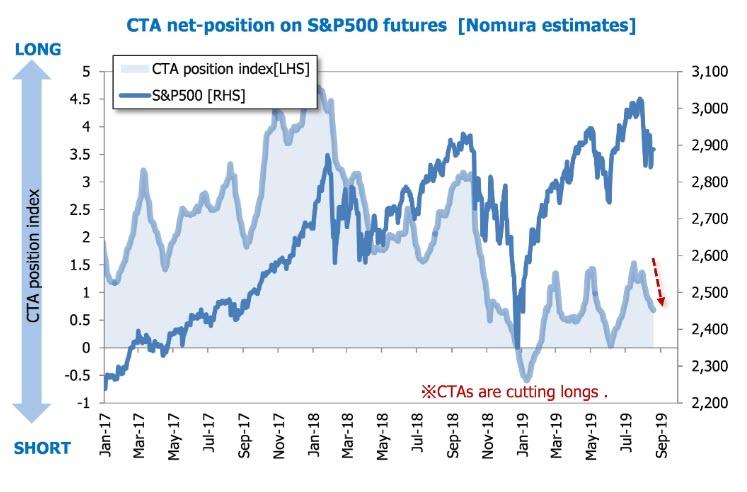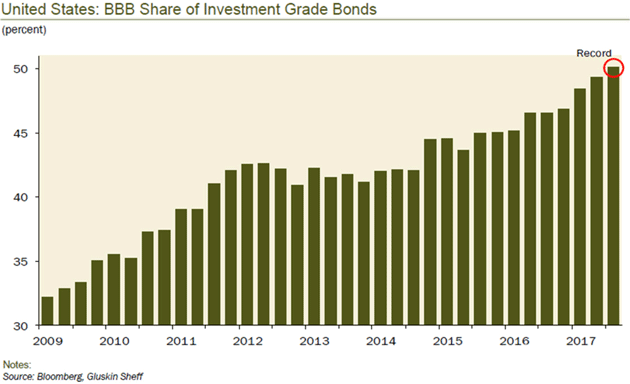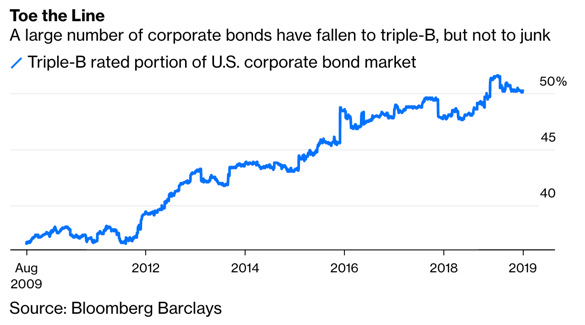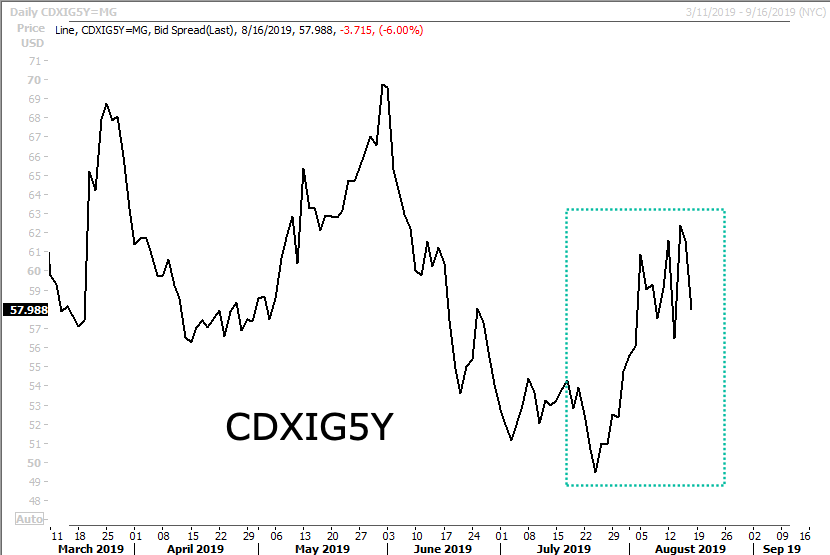At 9 a.m. we drive west over the Morrison Bridge. The bridge that would dump us closest to today’s rally in Portland, Oregon, the Hawthorne Bridge, has been closed by police. We pass 20 more cops, costumed in full riot gear, as we exit onto the other side of the Willamette River.
Downtown, which should be busy on a Saturday morning, is a ghost town. Only one coffee shop is open.
“It’s Portland,” says my friend Ben. “Can’t have a riot without coffee.”
The riot in question, which it’s been announced will start at 10:30 a.m., has been billed for weeks as the next big confrontation between leftists and the alt-right. This showdown is ostensibly in response to a June 29 incident in which journalist Andy Ngo was attacked by alleged members of the radical group antifa. When video of the attack went viral, antifa’s critics saw it as evidence that the movement is violent; antifa’s defenders argued that Ngo, who often writes critically of the group, brought the attack on himself and was profiting from it. Pundit Michelle Malkin started a GoFundMe for Ngo (currently clocking in at $194,000), and former InfoWars reporter Joe Biggs—now affiliated with a right-wing group, the Proud Boys—announced he and his crew would come from Florida to stage an “End Domestic Terrorism” rally in Portland.
In response, Portland Mayor Ted Wheeler pinned to his Twitter feed: “A message to anyone who plans on using Portland on August 18th to commit violence and spread hate: We. Don’t. Want. You. Here.”
They came anyway. Yet by 10 a.m. there are more police than demonstrators along Portland’s waterfront. There are also park rangers in their Mountie-like uniforms (one never sees rangers here), concrete barriers (no one wants another Charlottesville), and a police boat doing a slow trawl on the west side of the Willamette.
There are also a lot of camera-toting news people with not a lot of news to cover, unless you count a lone Proud Boy yelling, “The Portland Police Bureau took my flagpole! The Portland Police Bureau took my flagpole!”
One of the few people watching this is a 20-year-old holding a flag that reads “Come and Take It” below a drawing of a cannon. Christian tells me he’s driven from Dallas, Texas, to be here.
“I have a girlfriend here anyway,” he says. “But I’m not the biggest fan of antifa. I’ve been to a couple of Proud Boys events. I never saw them start anything. I’m here to support them.”
An expanse the length of maybe two football fields is where today’s confrontation is set to be staged. On the south end is a smattering of right-wingers: men in flak jackets carrying American flags plus one guy in a QAnon shirt. On the north end, on what might be called the anti–Proud Boy side are hundreds of people. These include Black Bloc anarchists wearing the equivalent of riot gear: black face masks, black motorcycle or bicycle helmets, black clothes. Some carry black umbrellas, maybe to shield themselves from photos and the press. (Antifa demonstrators don’t like to speak with the media.)
Leavening the mood is a quartet in chef’s toques, carrying signs that read WHITE FLOUR and WIFE POWER. “We’re standing up to white supremacy with a little humor, highlighting the absurdity,” one says before asking if she can “anoint” me with a sprinkling of flour. Kudos to these folks and others who dressed up and brightened the day.
Effie Baum is a spokesperson for Popular Mobilization, or PopMob, which organized today’s event after learning of the Proud Boys’ decision to again descend on Portland.
“We were the ones who also helped with the rally on the 29th,” she says, and that she’s gratified to see about eight times as many people on her “end” of the field than the other.
“Excellent. That’s our entire goal,” she says. “I hope that we outnumber them and that they are not able to get any of the things they’re looking for, which is provocation and any type of altercations and that they aren’t able to make their toxic masculinity riot porn, which allows them to do more recruiting on the internet.”
What might be seen as the opposite of toxic masculinity riot porn is gathered nearby, random grown-ups who identify as left if not as part of any particular group—”keep Portland weird” mainstays dressed as superheroes and mermaids and anarchist clowns and bananas and houseplants and more, including two young men wearing full-body Winnie the Pooh outfits.
“One of them is maybe a fake!” shouts one college-age Pooh boy, before tunelessly strumming a ukulele with an A (for anarchy) sticker.
There is also a middle-aged man in a shirt from the John Brown Gun Club. On July 19, a member of this self-proclaimed “anti-racist, pro-worker” firearms club was killed by police after allegedly throwing incendiary objects at a Tacoma immigration center.
I ask him why he’s here. “We don’t really talk about this,” the man replies, politely. Then: “We are here and stand up for what we believe in. These groups [the Proud Boys] make incursions into Portland every six months. We want to show up for what they are against.”
Which is? “Liberal democracy,” he says. “We want to keep people safe, generally.”
A little before 11, there’s a perceptible shimmy in the air. Police are lining up at the south end of the field, preventing people from crossing the line. Ben, who served six years in Iraq and Afghanistan, points out there are at least four grenade launchers set to shoot tear gas canisters.
“They’re also called ‘bloop guns,’ for the sound they make when they shoot,” he says as the first real altercation of the day begins, an antifa guy getting right in the face of a Proud Boy. There’s a lot of shouting and chest-thumping as at least 100 people press in on them, filming with their phones, everyone yelling, though no one as loudly and as repetitively and as a man shouting, “Hallelujah! Hallelujah! Thank you, Jesus! Thank you, Jesus! No hate! No hate!” He is trying, I realize, to bring down the temperature. An hour later I will see this man again, again putting himself between combatants, his shirt soaked with sweat, his eyes almost spilling tears.
The first confrontation unknots as quickly as it formed, leaving behind a young woman with a shaved head under a camo baseball cap. “I am here to support everyone in the anti-antifa movement,” she says. “What I hope is going to happen is we have a peaceful demonstration. What I think is going to happen is what always happens. Antifa is going to throw a punch and there’s going to be a fight. There always is a fight. Look at June 29. Wait, what’s happening?”
What’s happening is that police are cinching people in, surreptitiously corralling the antifa crowd. Shouts of, “NO MORE NA-ZIS! NO MORE NA-ZIS” start as a news chopper hovers overhead. Whether by design or spontaneously, the crowd of maybe six hundred swarms below the Morrison Bridge. It becomes very loud very fast, shouts and drumbeats banging off the concrete stanchions overhead.
“GO HOME FAS-CISTS! GO HOME FAS-CISTS!” the crowd chants, though the Proud Boys and their supporters are nowhere in view. It later turns out they are still on the other side of the river. Nevertheless, the group under the bridge is pumped, visibly agitated, except for a line of young men in black masks standing very still. They carry canes and those umbrellas and, in one case, a Louisville slugger made of metal. A young man whom, maybe because I look so threatening with my notepad, flashes his black brass knuckles at me.
The crowd continues to chant as a tape blaring from a nearby police car warns on repeat, “NO MARCHING IN THE STREET—IF YOU ARE IN THE STREETS YOU WILL BE SUBJECT TO ARREST.” I ask Gregory McKelvey, who is handing out stickers that read “SARAH for Portland Mayor—#OurPortland,” what he’s doing here today, besides managing Sarah Iannarone’s 2020 campaign.
“I’m here because I think it’s important for the city of Portland to show that anti-fascism doesn’t necessarily look like black-clad protestors,” he shouts above the racket. “That anti-fascism looks like fathers like me, nurses, teachers and really all of the Portland community.”
Including, evidently, a man standing nearby dressed as Obi-Wan Kenobi.
“I think it’s important for everyday anti-fascists to come out and show that this city opposes the bigots that oftentimes infiltrate our city,” McKelvey continues. “I think it’s important that we show up and outnumber these out-of-town, out-of-state bigots.”
How does he think Ted Wheeler’s handled the situation?
“I think that the mayor has promoted a lot of rhetoric that both sides contribute to this violence,” he says. “I think having police in riot gear contributes to a militarized and violent presence here and I think there’s been a lack of guidance and leadership at the top levels that’s led to the situation we’re in.”
Portland Police further kettle the pack, keeping them on this end of the field, keeping them under the bridge. This just as the Proud Boys have marched over a bridge and reached the south end of the park. Portland Police have gotten grief from many quarters in the run-up to the rally, but they do appear to know where the today’s groups are going to amass and how to keep them away from each other. This may well be the result of cooperation from an unlikely quarter: According to Proud Boys chairman Enrique Tarrio, who flew in from Florida for the rally, “As soon as we landed, we spoke with Portland [Police Department]. I was telling them, look, you guys tell me what the best marching route is.”
As for their intent today, Tarrio told his crew the night before the rally that there was to be “no fighting whatsoever….We go in together, and we leave together….We’re going to have a badass time in the park, while [antifa] go and burn down the city.”
The Proud Boys and their supporters spend less than an hour in the park before starting a walk back over the river, this time on the Hawthorne Bridge, which has been reopened for them for this purpose. Entering the bridge’s roadway, the roughly 200 Proud Boys and supporters shout, “USA! USA! USA!” to several construction workers on a scaffold. The workers seem a little bewildered. The group shouts, “Thank you for your service!” to police officers, who say nothing in return.
The march back is subdued, the tenor and energy completely different than being on the ground on the other side. A few people start singing, “Na-na-na-na, hey hey hey, good-bye.” It doesn’t catch on and they continue over the bridge in relative quiet.
“I knew it was going to be calm, but I didn’t know it would be this calm,” says guerrilla street artist and Proud Boy member Sabo, who came up from Los Angeles to march.
Once on the other side, the Proud Boy leadership poses for a group photo. Everyone is smiling and seems relaxed, maybe relieved. Asked if he thinks the day was a success, a Seattle Proud Boy says about his own people, “Absolutely. Not a single person injured, no one arrested.”
“It was healthy discourse in a controlled environment,” says a young man wearing the Proud Boy “uniform” of black Fred Perry polo shirt. “That’s all we can ask.”
“Let’s go fucking barbecue!” someone shouts.
One wonders: What has been accomplished? To what discourse does the young man refer? Antifa was angry that the Proud Boys would show up in “their” city—that they would dare to come here. The Proud Boys countered: You can’t stop us. (Before the day is over, Joe Biggs announces they’ll be back again next month.) Both groups insist it’s the other side making trouble, the other side that’s violent. Each side is reactionary, fed on hatred and on our willingness to keep tuning in for the next episode.
Which, for today, is essentially over by early afternoon. There are a dozen arrests, but very little stemming from confrontation between the groups, more stragglers siphoning off last bits of rage.
Looking like one big fizzle, incidents will be amped and misreported before the sun is down. A video of a man dressed as some sort of gladiator being attacked by a mob while trying to protect his “12-year-old daughter” will be streamed and tweeted, including by Andy Ngo and picked up by Michelle Malkin. It will take me 35 seconds online to learn the gladiator is a serial provocateur and if the person he’s shown with is his daughter, she’s 24. That they appear to have dressed her so she looks like a child strikes me as particularly reprehensible.
“It’s all show business,” says Ben as we walk back over a bridge. Several guys in MAGA caps are yelling “USA!” at a few anarchists; a young man in a black body suit is doing some sort of wiggle dance. “If it were real, there would be bodies stacked.”
from Latest – Reason.com https://ift.tt/2He4krW
via IFTTT


